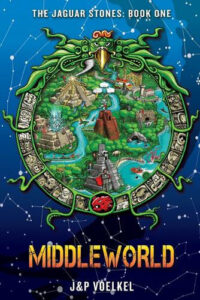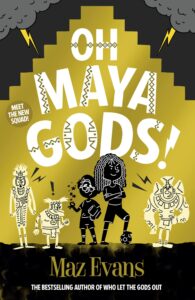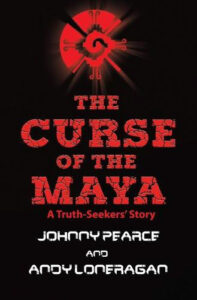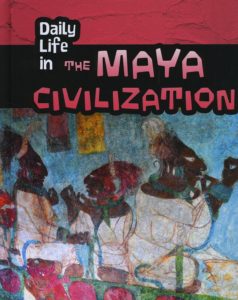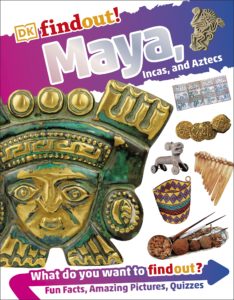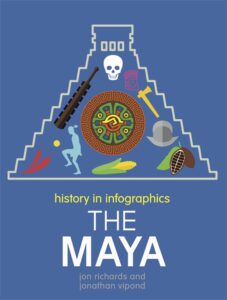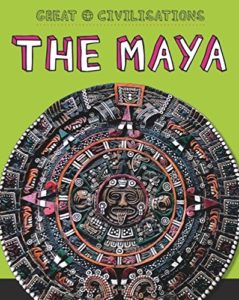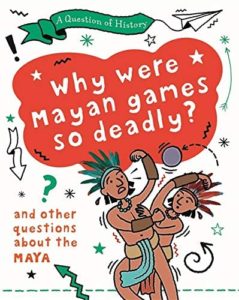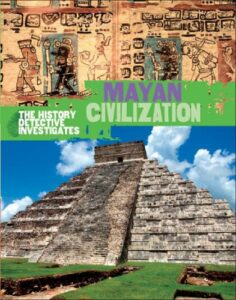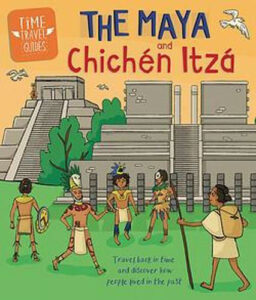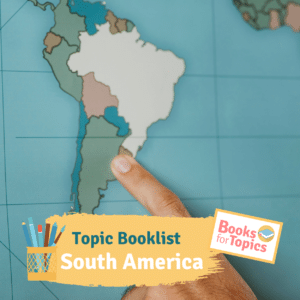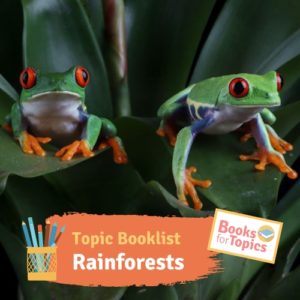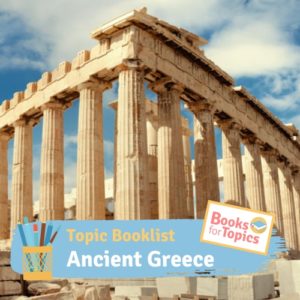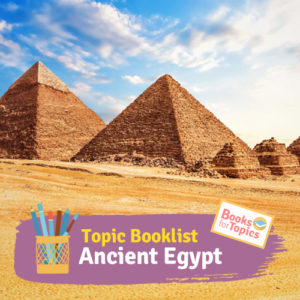History in Infographics helps children to visualise facts and statistics using a clever and appealing mix of graphics and numbers. The colourful, high-impact design will appeal to a wide range of children, from visual learners to struggling readers, capturing and then holding their attention. Infographics are a really exciting, different way to learn about core historical topics, and are ideal for fact-hungry children, revision work, and to improve the quality of presentations.History in Infographics: The Maya allows children to explore the Maya civilisation like never before, finding out how people lived, what they ate, what they wore, how they were ruled, the games they played and how the civilisation died out. Children can discover that the Maya were the first people to make hot chocolate, and how they did it, that they went to war to capture prisoners they then sacrificed to their gods, and all about other South American civilisations, including the Aztecs and the Incas.Ideal for children of 9+, and fact and history lovers of all ages, the Maya have never seemed more exciting!









